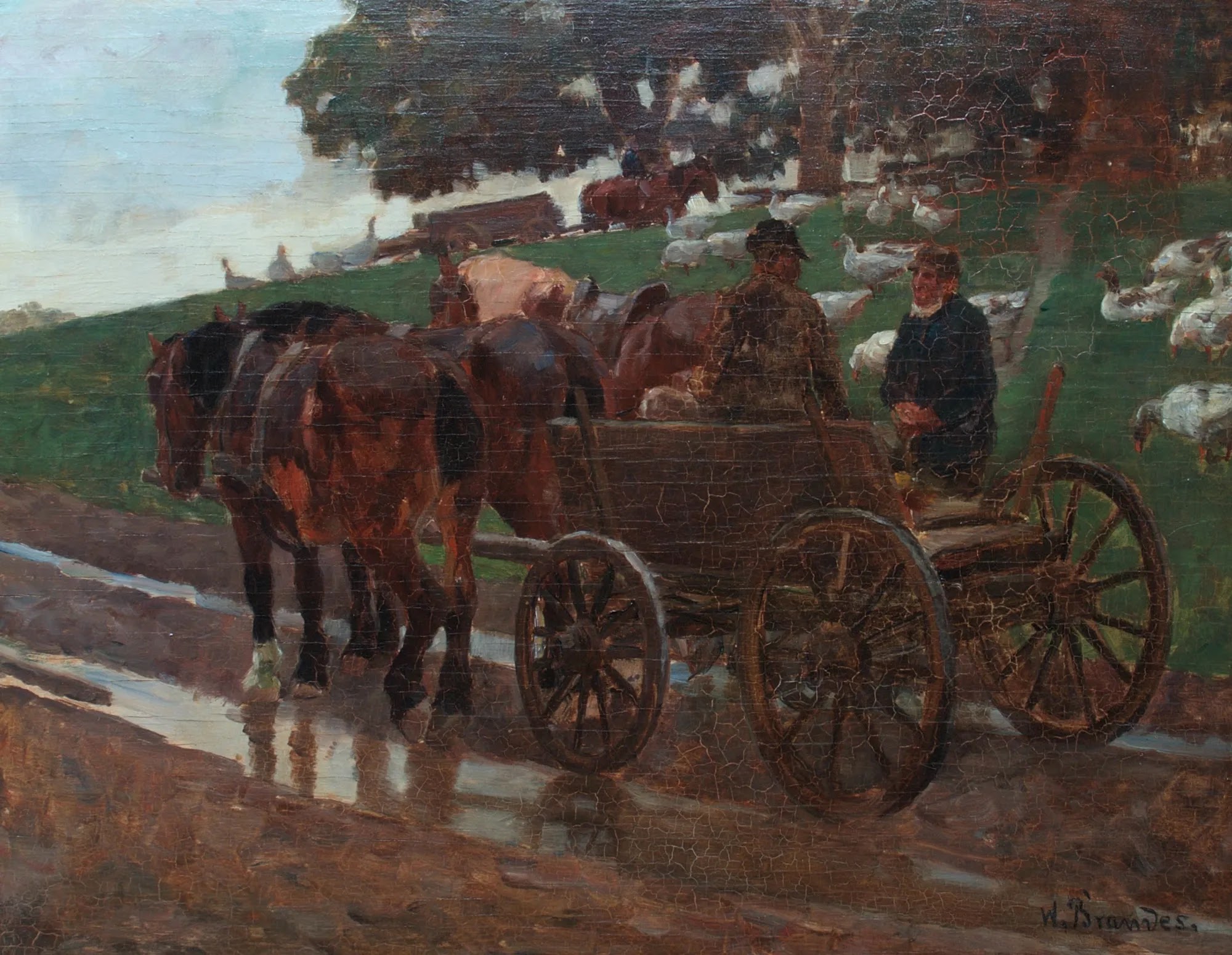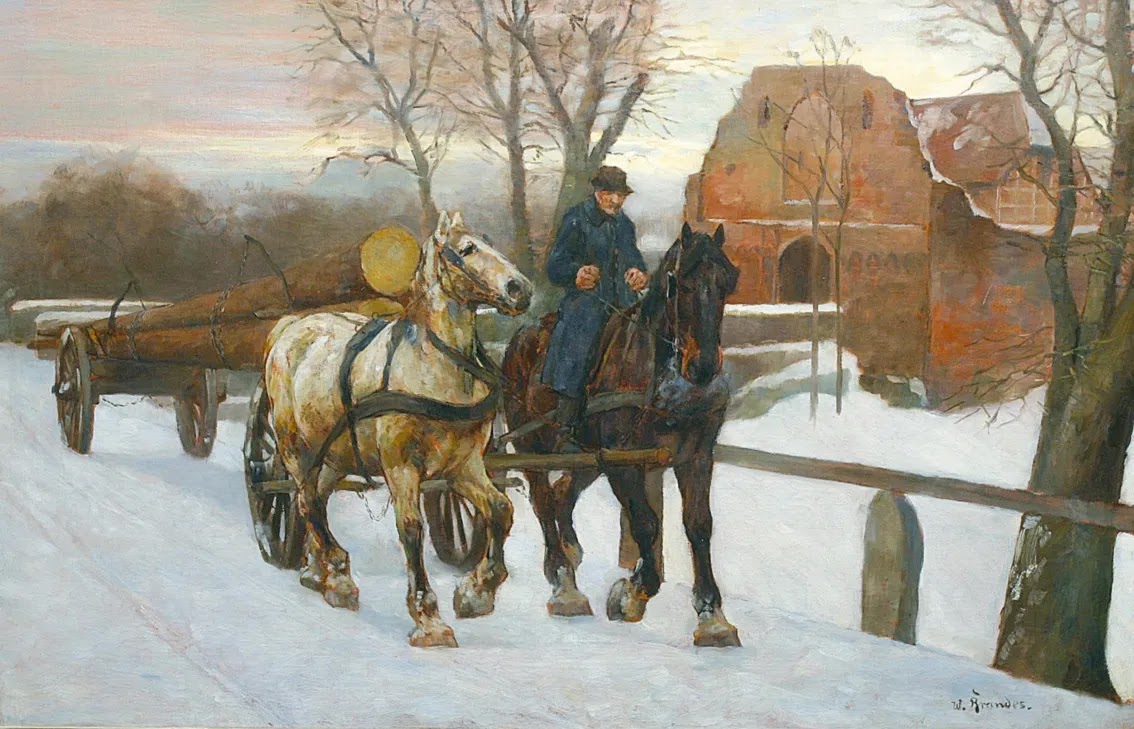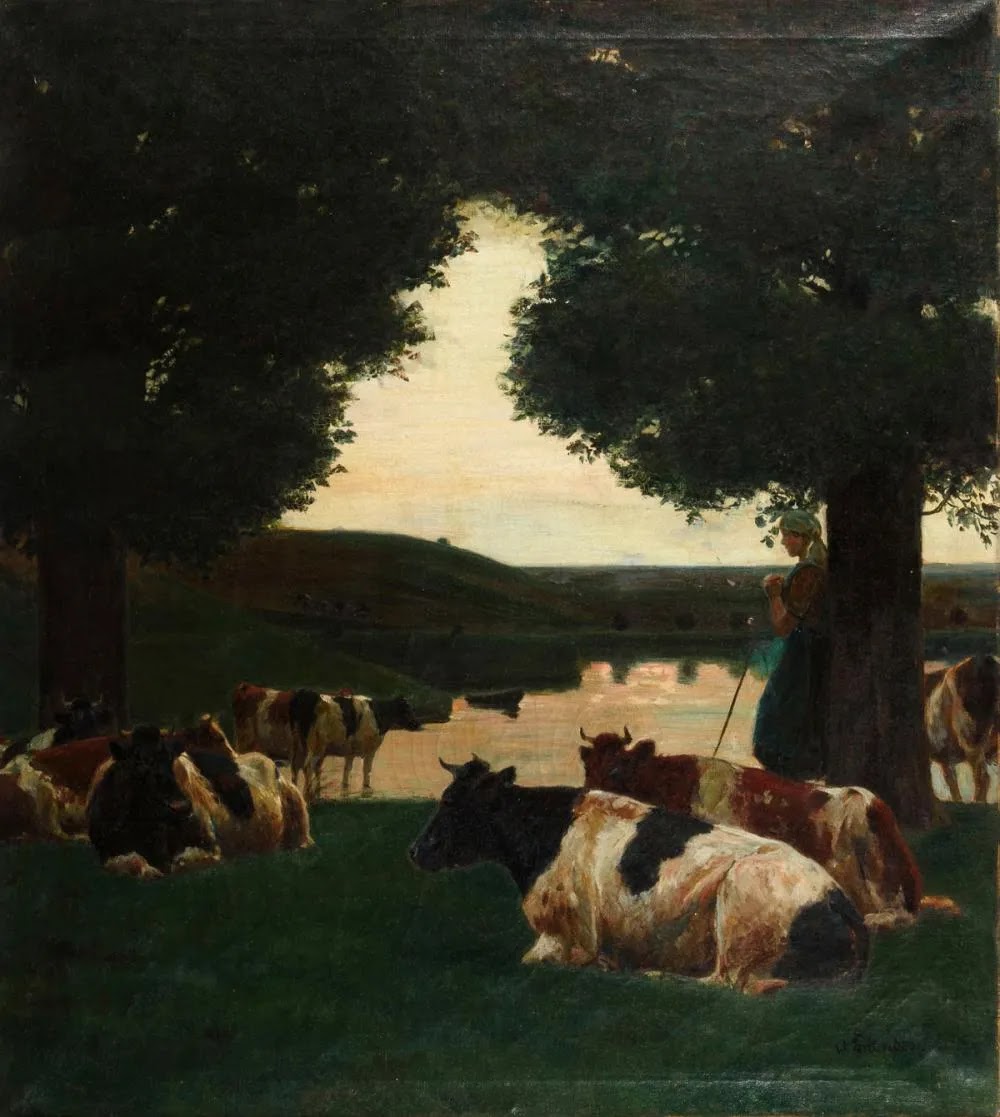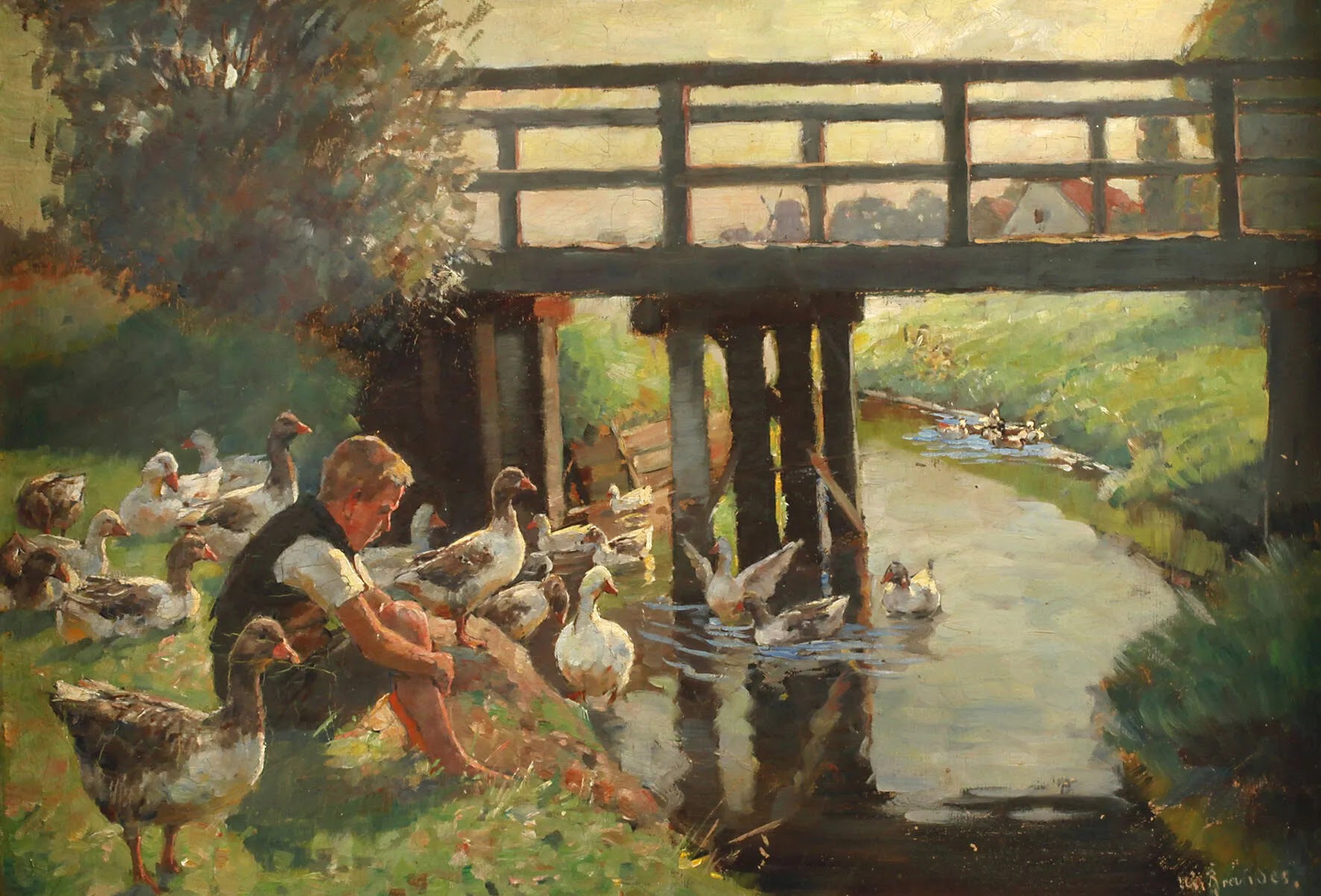Willy Brandes (1876-1946) stands as a notable figure in the realm of German painting, his legacy intertwined with the vibrant tapestry of art history. Born in Bornstädt near Potsdam, Brandes’ journey into the world of art commenced at a tender age, where he embarked on an apprenticeship as a decorative painter. His passion for the craft led him to pursue formal education under the tutelage of esteemed masters.
Under the guidance of Albert Hertel (1843-1912) and Paul Friedrich Meyerheim (1842-1915) at the Berlin Academy, Brandes honed his skills, delving deep into the intricacies of painting. Later, he ascended to the status of a master student under the renowned Eugen Bracht (1842-1921), further enriching his artistic repertoire.
Brandes’ artistic prowess found expression on numerous occasions at the prestigious Great Berlin Art Exhibition, where his works captivated audiences with their depth and ingenuity. In 1914, he cemented his dedication to artistic collaboration by co-founding the group “die Aehre” alongside fellow painters, marking a significant milestone in his career.
The year 1924 witnessed a remarkable event in Brandes’ artistic journey, as an exhibition featuring works from the artist group “die Aehre,” including Brandes’ own contributions, graced the Berlin Salon Eduard Schulte, Unter den Linden. This showcase served as a testament to Brandes’ creative vision and collaborative spirit, garnering acclaim from critics and art enthusiasts alike.
However, amidst the tumultuous backdrop of the Nazi era, Brandes navigated the complexities of political affiliation within the realm of art. As a member of the Reich Chamber of Fine Arts and the National Socialist Front Fighters’ Association of Visual Artists, Brandes found himself entangled in the ideological currents of the time. Evidence suggests his participation in numerous exhibitions during this period, including the esteemed spring exhibitions of the Front Fighters’ Association in Berlin in 1939 and 1940, reflecting the intricacies of his artistic journey against the backdrop of historical upheaval.
Through his life and work, Willy Brandes emerges as a figure of both artistic innovation and historical complexity, his legacy echoing through the annals of German art history. From humble beginnings as a decorative painter to his pivotal role in artistic collaboration and the challenges of navigating political landscapes, Brandes’ story serves as a poignant reminder of the multifaceted nature of creativity and the enduring power of art to transcend boundaries and speak to the human experience.











I have never heard of this artist before but his artwork is amazing. Thanks for linking up with Ageless Style this month.